
Robespierre
¥8.09
Robespierre
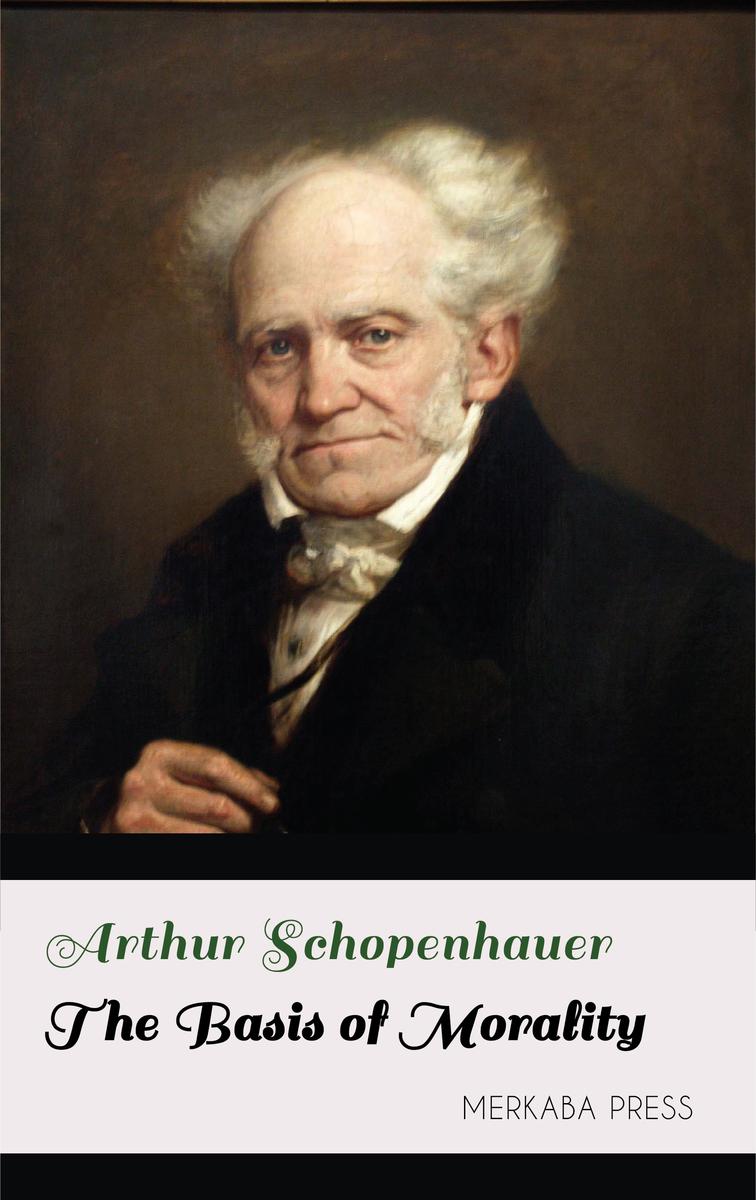
The Basis of Morality
¥8.09
The Basis of Morality

The Fall of the Stuarts
¥8.09
The Fall of the Stuarts

History of Germany
¥8.09
History of Germany

Isabella of Castile
¥8.09
Isabella of Castile

Louis XIV
¥8.09
Louis XIV

The Expansion of Europe 1642-1789
¥8.09
The Expansion of Europe 1642-1789

Francis Bacon
¥8.09
Francis Bacon
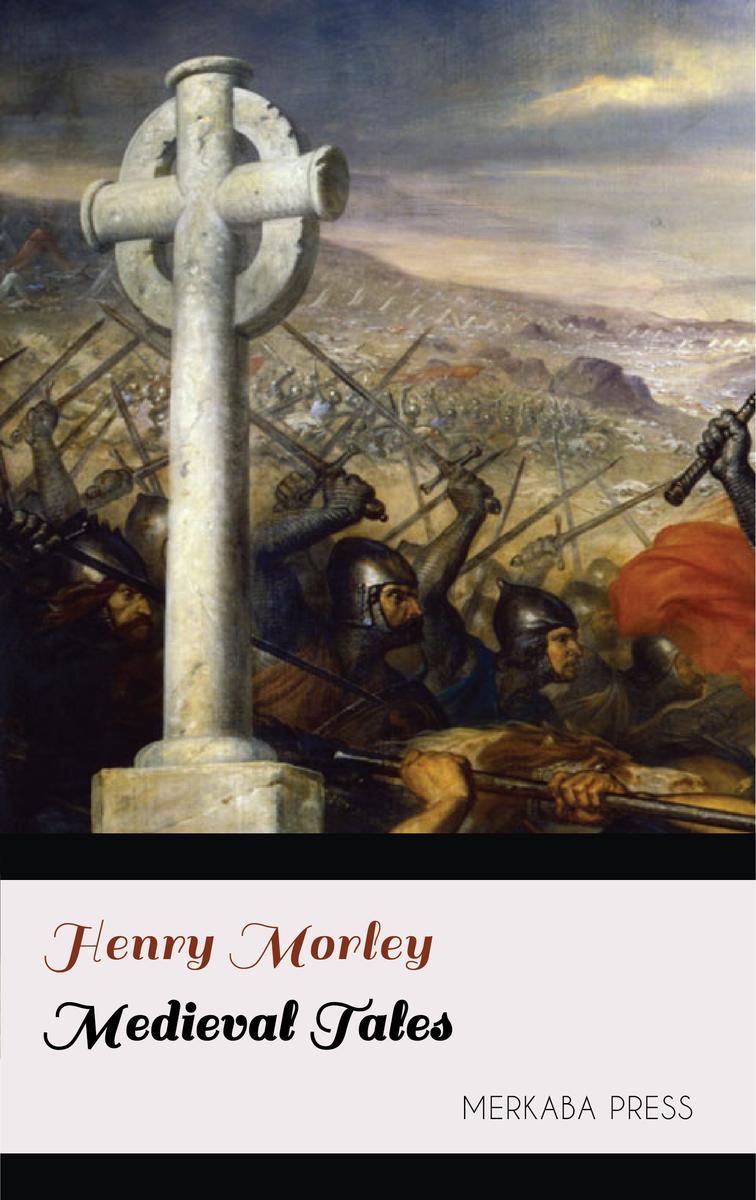
Medieval Tales
¥8.09
Medieval Tales
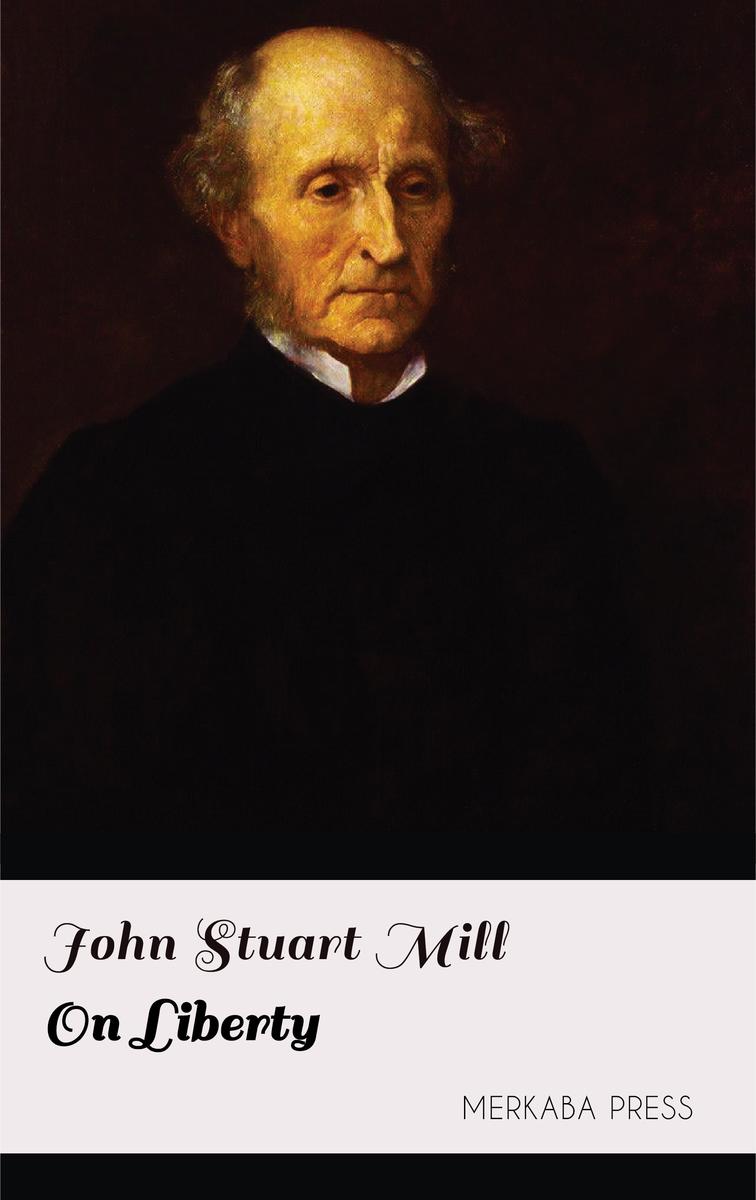
On Liberty
¥8.09
On Liberty
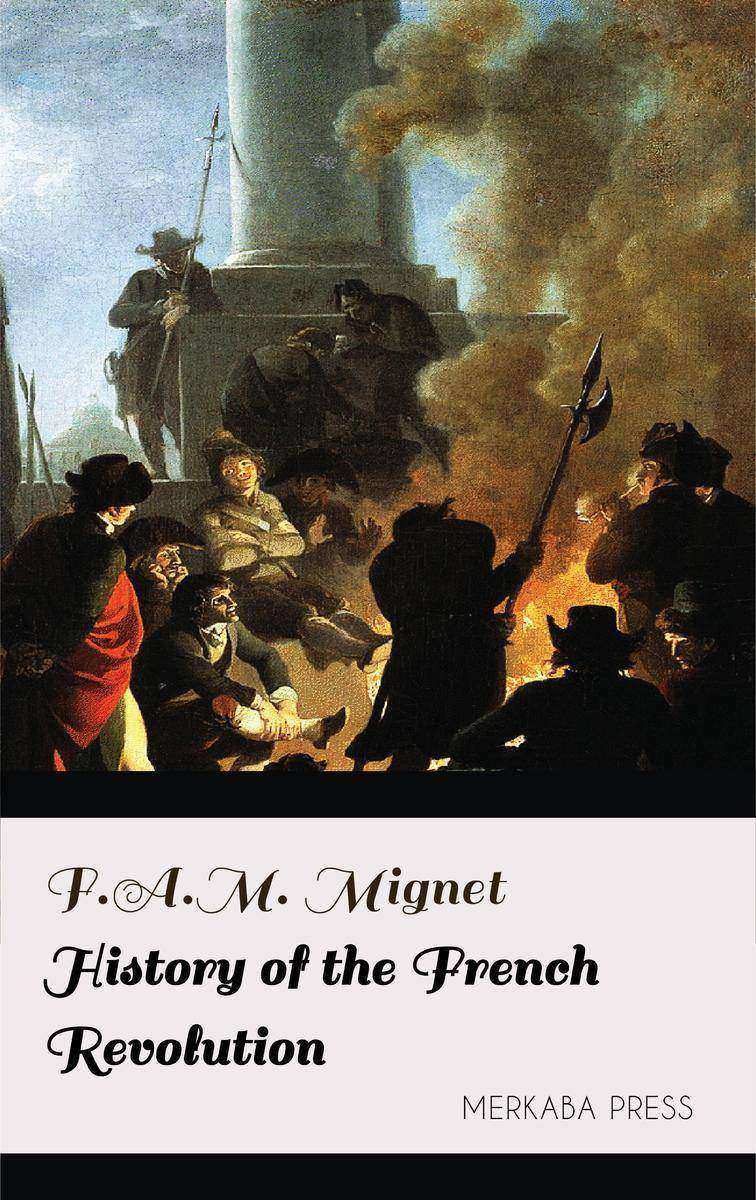
History of the French Revolution
¥8.09
History of the French Revolution

The Story of Hungary
¥8.09
The Story of Hungary
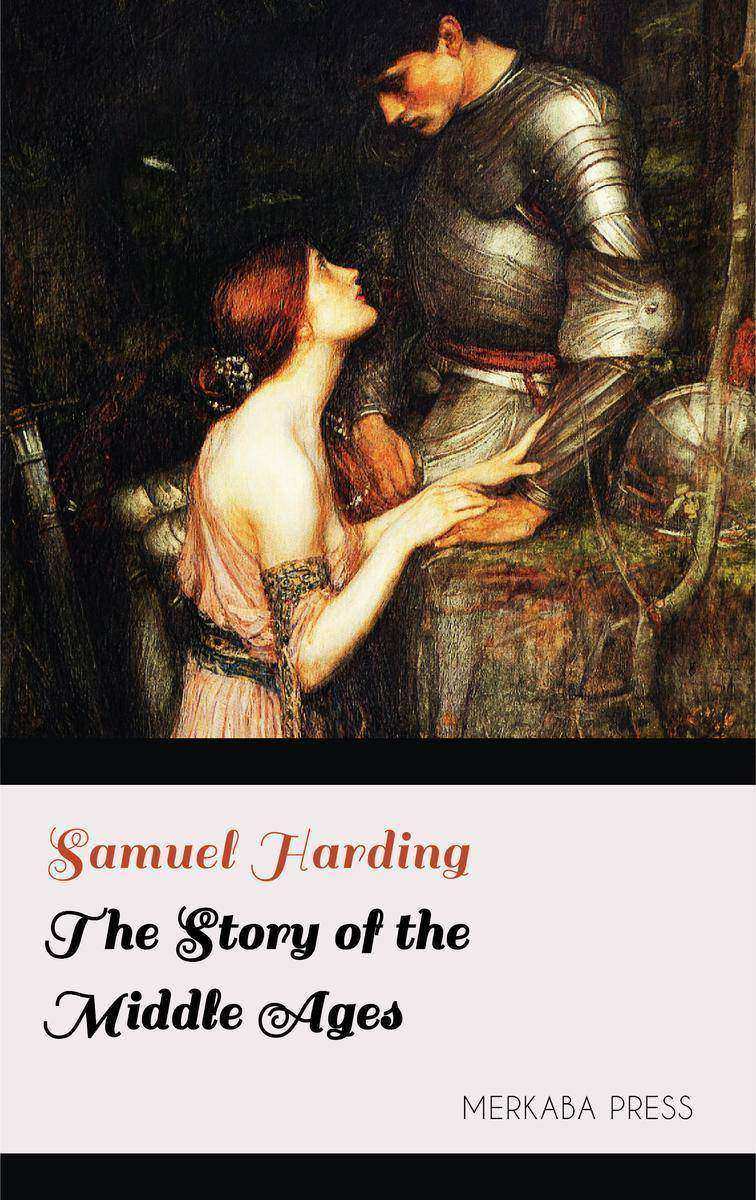
The Story of the Middle Ages
¥8.09
The Story of the Middle Ages
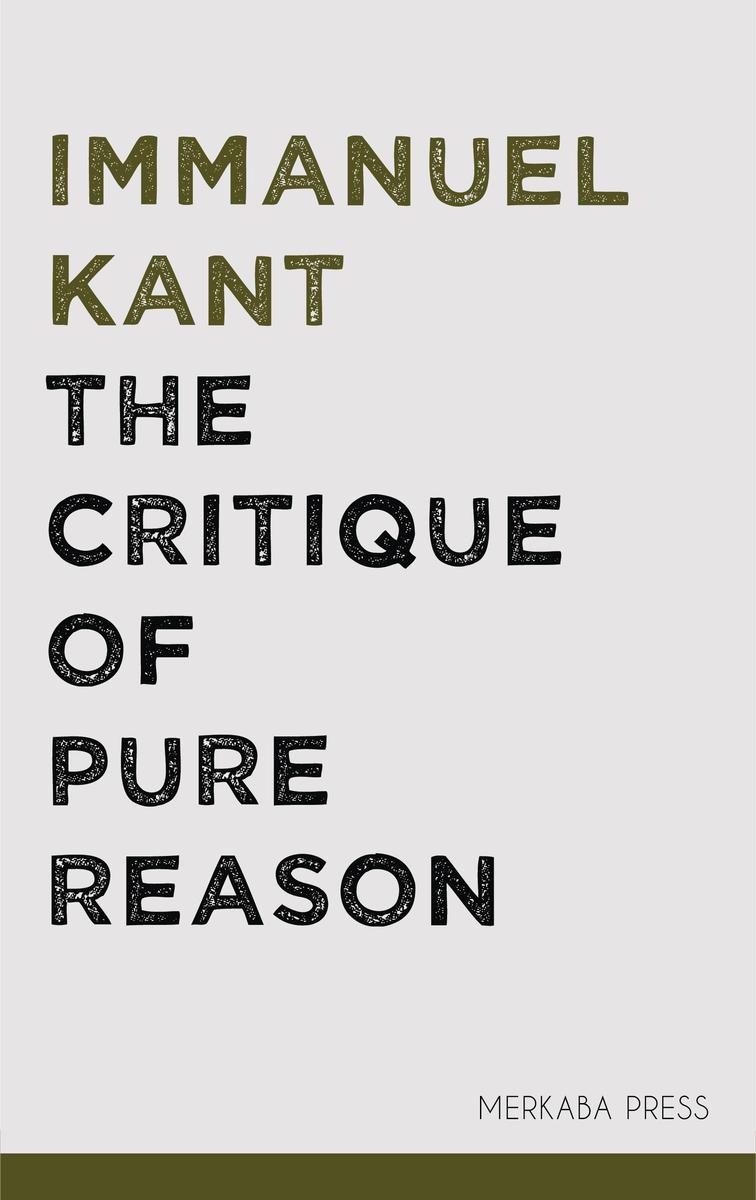
The Critique of Pure Reason
¥8.09
The Critique of Pure Reason
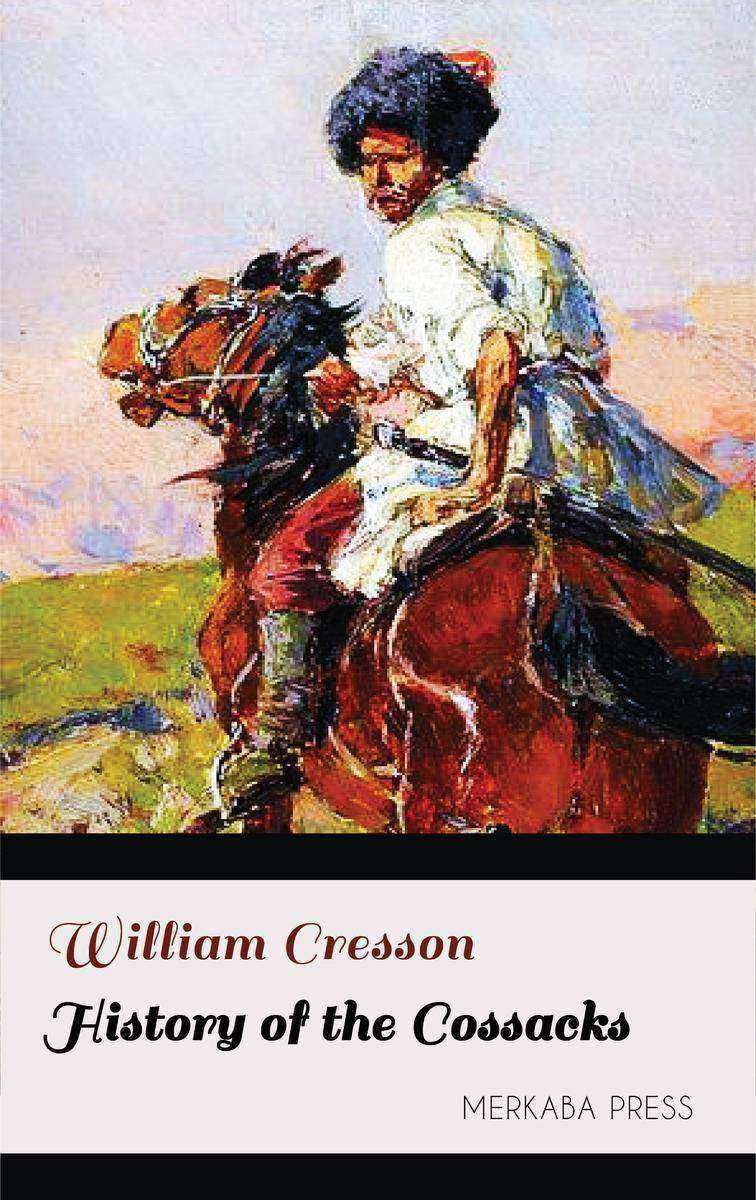
History of the Cossacks
¥8.09
History of the Cossacks
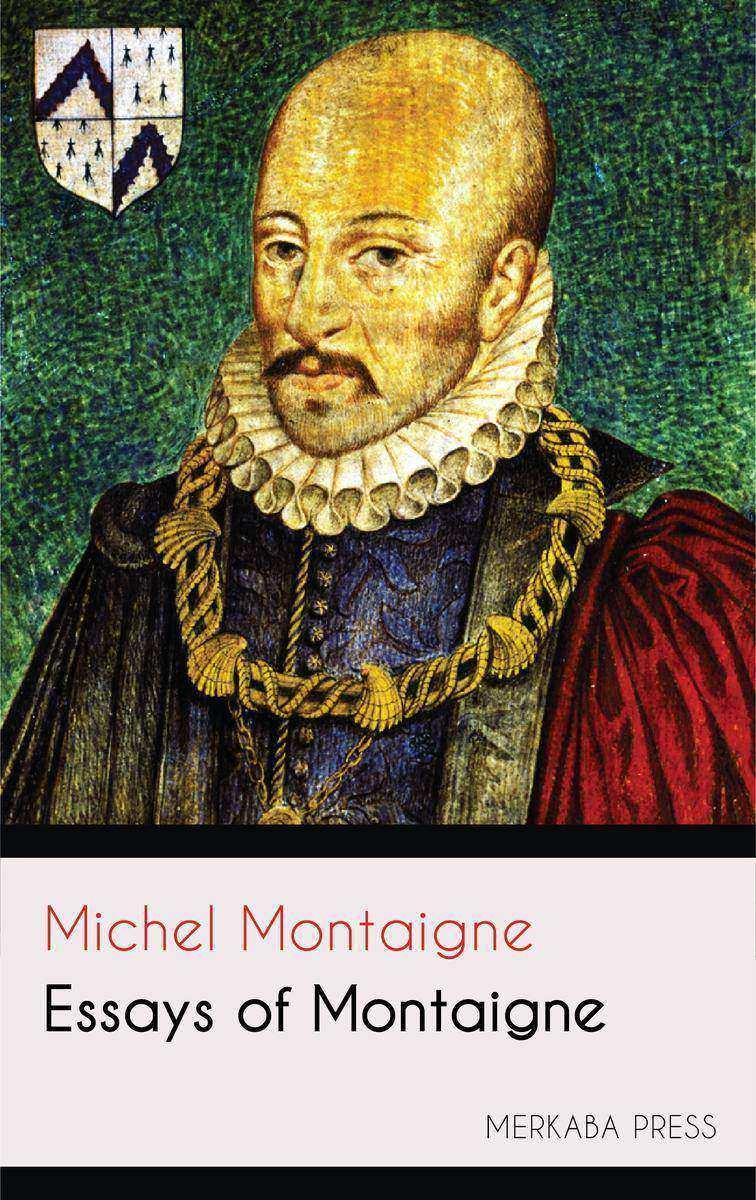
Essays of Montaigne
¥8.09
Essays of Montaigne
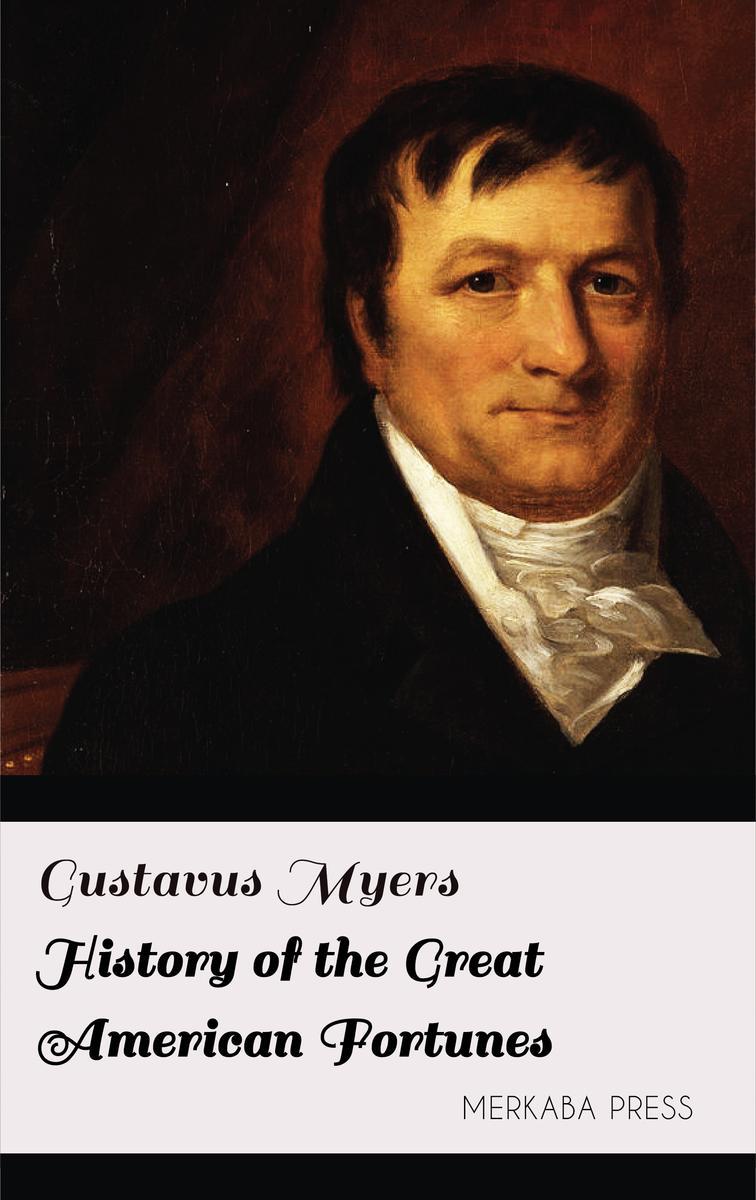
History of the Great American Fortunes
¥8.09
History of the Great American Fortunes

Joseph Bonaparte
¥8.09
Joseph Bonaparte

Leviathon
¥8.09
Leviathon
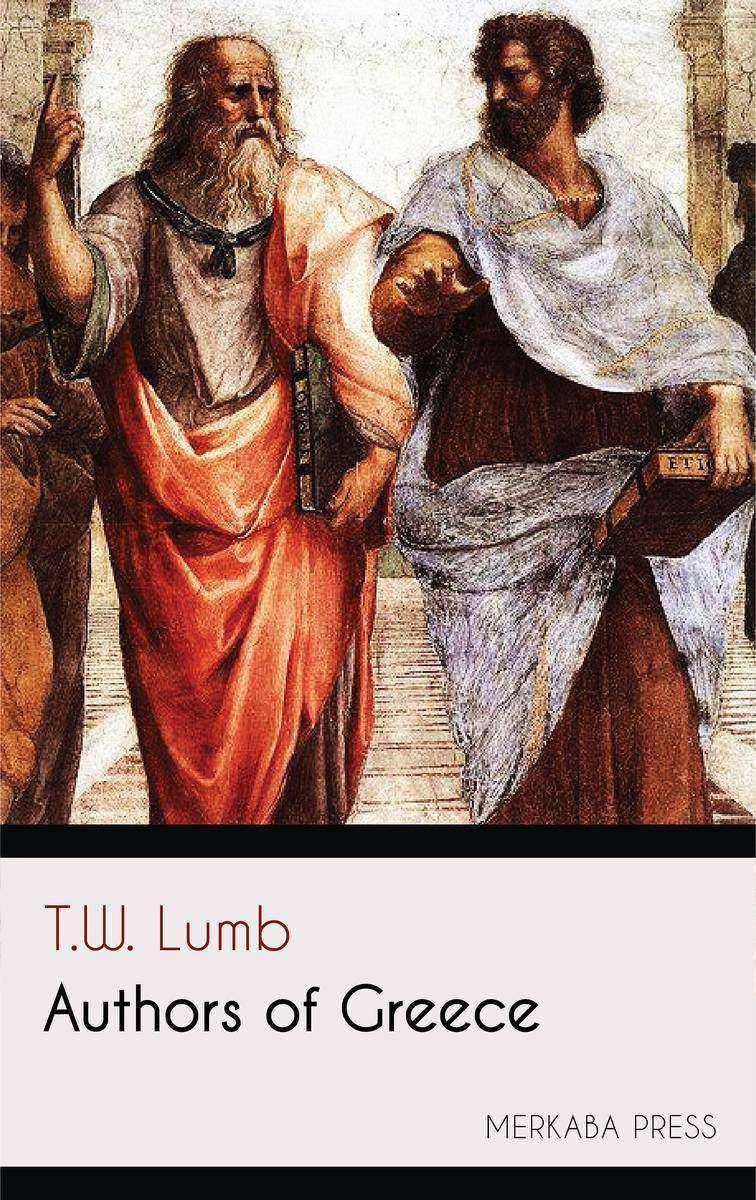
Authors of Greece
¥8.09
Authors of Greece

Barbarian and Noble
¥8.09
Barbarian and Noble




 购物车
购物车 个人中心
个人中心



